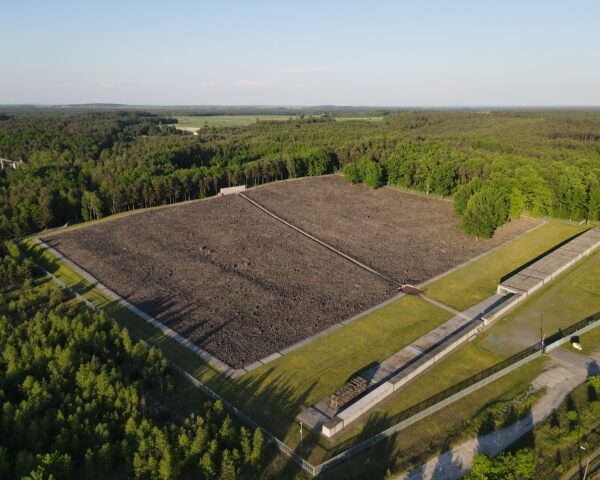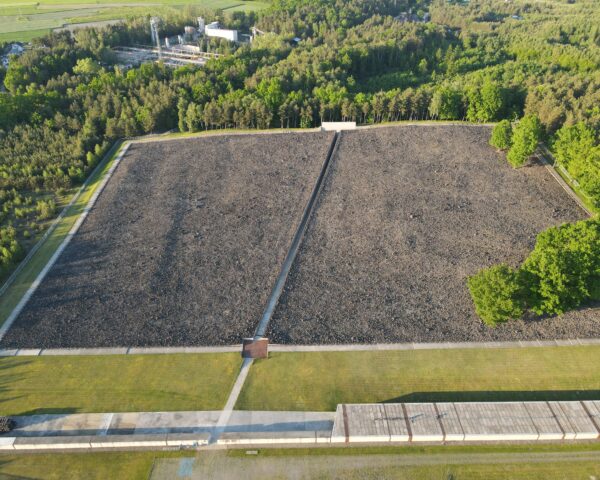“I was living in the neighborhood, in Berka Joselewicza Street. The head of the Gestapo, Heinrich Hamann, came with his entourage and they shot at people who were still in bed and did not expect anything. It was an ordinary, cruel murder. One should say a prayer for the dead, but how, now that I am alone?” Jakub Müller on the murder in the tenement house on Franciszkańska Street
Jakub
Müller

Stage 10 - Denial
“I was living in the neighborhood, in Berka Joselewicza Street. The head of the Gestapo, Heinrich Hamann, came with his entourage and they shot at people who were still in bed and did not expect anything. It was an ordinary, cruel murder. One should say a prayer for the dead, but how, now that I am alone?” Jakub Müller on the murder in the tenement house on Franciszkańska Street
Jakub Müller, born 20.03.1920 (March 20th, 1920) in Nowy Sącz
Jakub Müller was born into a tradition-bound, religious Jewish family that had lived in Nowy Sącz for generations. He spent his childhood in the neighborhood of Hasidic families, being one of more than 10,000 Jews from Nowy Sącz. In 1941, Jakub and his family were transferred to the ghetto. Seeing the cruelty of the Germans, he decided to escape. He survived the war by hiding in various places in the villages of Jelna and Sienna. After the war, he did not find any of his more than 100 relatives.
Jakub stayed in Nowy Sącz and became the guardian of the memory of the town’s Jewish inhabitants. He retained his deep faith and carried out his mission tirelessly. He took care of Jewish monuments, searched for tombstones stolen during the occupation, and made sure that they were put back in the cemetery. He opposed the negation and oblivion brought by the post-war decades of communism in Poland. Jakub persisted. For some, he was a “remorse”, while for others, he embodied a world that no longer exists. In the 1960’s, Jakub Müller testified at the trial of the German executioner of the Sądecczyzna region, Heinrich Hamann, once again opposing the denial of what had happened.
Jakub Müller died in Sweden on the 16th of December, 2010.
Denial
This is a stage, occurring after every genocide. The perpetrators obliterate traces of the crime, hide evidence, and intimidate witnesses. They deny committing any crimes and often blame the victims for what happened. They block investigations and try to stay in power until they are forcibly forced to give it up or flee. Only fair and just trials and the imposition of punishment by courts or tribunals prevent the impunity of perpetrators and the progressive denial of crimes. Silence is one of the most common forms of denial. Silence following genocide perpetuates lack of awareness and denial.
How is this person’s story related to the stage of genocide in G. Stanton’s theory?
Jakub Müller stayed in Nowy Sącz after the war to bear witness and not let the Jewish history of the town be forgotten. He took care of the exhumation and burial of the victims, commemorating them on the Jewish cemetery, and protected Jewish cultural monuments from destruction by the communist system. He preached the truth and testified in trials of war criminals. On the wave of anti-Semitism, most of the Survivors had left Nowy Sącz, but Jakub persisted. He took on the role of a guardian and protector of memory, thus opposing the denial of the crime and the erasure of the town’s Jewish history.
Hasidism (Hebrew: chasid – pious) – a religious movement dating back to the 18th century, the goal of which was the renewal of religiosity among the followers of Judaism. The founder of Hasidism was Baal Shem Tov of Medzhybizh. Hasidism was an answer to Orthodox Judaism, which was perceived as outdated. It combined elements of mysticism, Slavic folk culture and folklore, and the folk traditions of the Jews of Poland. The movement was based on the ideas of joy, brotherhood and love, and individual contact with God. Today, the largest centers of Hasidism are located in Israel and the USA.




